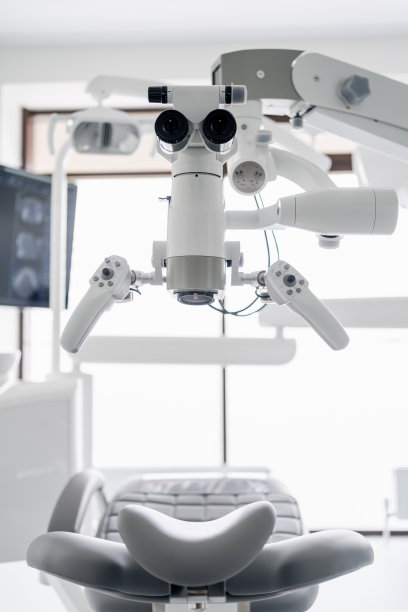The Complete Guide to Extracting a Tooth Safely and Comfortably for Optimal Dental Health
Summary: Extracting a tooth can be a daunting experience, but with proper knowledge and preparation, it can be carried out safely and comfortably. This comprehensive guide covers the essential aspects of dental extractions, focusing on preparation techniques, understanding the extraction process, post-operative care, and pain management. By adhering to best practices, patients can ensure optimal dental health while minimizing anxiety and discomfort during the procedure. This article aims to equip readers with the knowledge needed to approach tooth extraction with confidence and awareness.
1. Preparation for Tooth Extraction

Before undergoing a tooth extraction, proper preparation is crucial for a smooth experience. First, a thorough dental examination is necessary to evaluate the condition of the tooth and to decide whether extraction is warranted. This assessment helps address any underlying issues and ensures that all necessary precautions are taken to maintain the patient’s dental health.
Next, patients must disclose their full medical history, including any medications they are currently taking. This is significant because certain medications can affect the body’s ability to clot or might interact with anesthesia. Additionally, discussing any allergies, especially to anesthetics, will help the dentist in formulating the best approach to the procedure.
Lastly, it’s advisable to arrange for a ride home post-extraction since anesthesia may impair your ability to drive. Planning ahead reduces stress and ensures that you can focus on recovery after the procedure.
2. Understanding the Extraction Process
Understanding the tooth extraction process can alleviate apprehension and provide clarity. The procedure typically begins with the dentist administering a local anesthetic to numb the area around the tooth. For more complex extractions, sedation options might be offered to ensure maximum comfort for the patient.
Once anesthetic has taken effect, the dentist will use specialized dental tools to gently loosen the tooth from its socket. This process may involve rocking the tooth back and forth to break the ligaments that hold it in place. The dentist will work carefully to minimize trauma to the surrounding bone and gums.
In cases where a tooth is impacted or requires surgical extraction, additional steps may be necessary, including making incisions in the gum tissue. Understanding these steps can prepare patients for what to expect and lessen anxiety surrounding the procedure.
3. Post-Operative Care Essentials
Post-operative care is crucial for facilitating recovery after a tooth extraction. Once the procedure is complete, patients should follow the dentist’s instructions closely to promote healing. Initially, patients should rest and avoid physical exertion to minimize the risk of complications, such as excessive bleeding.
It is also important to manage discomfort. Over-the-counter pain relief medication may be recommended, but it’s advisable to consult your dentist prior to taking any medication. Patients should also be cautious about using straws or sucking on candy, as these actions can dislodge blood clots that form in the extraction site, leading to dry socket.
Another critical aspect of post-operative care is maintaining oral hygiene. Patients should gently rinse their mouth with saltwater after 24 hours and avoid brushing the extraction site to prevent irritation. Proper care will enhance healing and reduce the risk of infection.
4. Managing Pain and Discomfort Effectively
Pain management is an essential component of the tooth extraction experience. Patients should proactively address potential discomfort before it escalates. Over-the-counter pain relievers, as guided by the dentist, can effectively manage mild to moderate pain following extraction.
If pain persists or worsens despite taking medication, contacting the dentist is vital to rule out any complications. In some cases, prescription pain medications may be necessary, especially for surgical extractions.
Additionally, applying a cold compress to the area can help minimize swelling and numb the pain. Routine use of a cold pack in the first 24 hours post-extraction can significantly enhance comfort levels and promote recovery.
Summary:
In conclusion, understanding the process of tooth extraction, from preparation to post-operative care, is fundamental for ensuring a comfortable experience and optimal dental health. Each step, from consulting your dentist to managing pain afterward, plays a critical role in recovery and minimizing anxiety. By following the outlined best practices, patients can approach tooth extractions with confidence, resulting in improved overall dental well-being.
This article is compiled by Vickong Dental and the content is for reference only.



